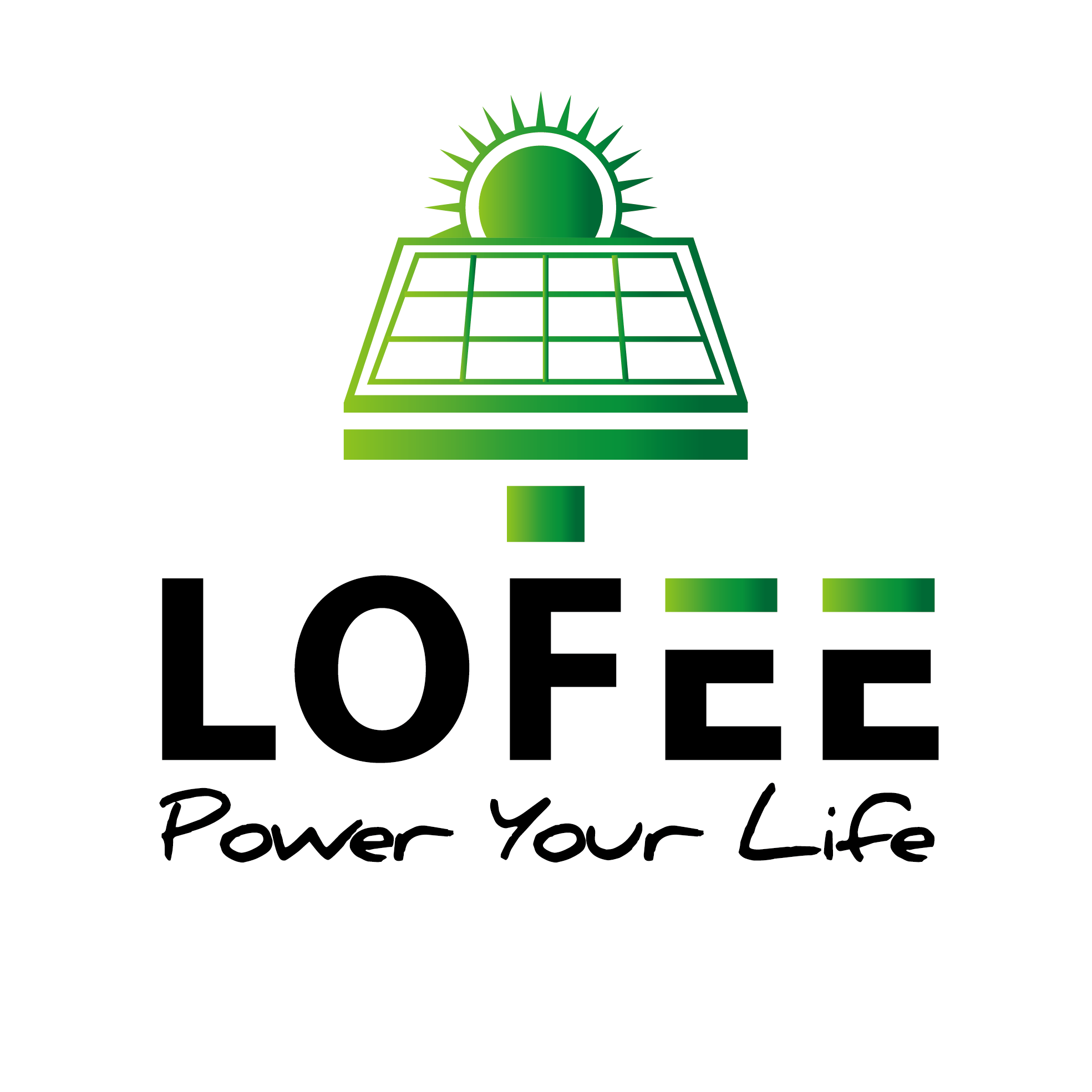Current status of energy storage in the European market
Upload Time:
Oct 20, 2023
As of June 2023, the European solar photovoltaic (PV) and energy storage landscape is evolving rapidly, driven by a combination of factors.
Solar Power Expansion: Europe continues to experience significant growth in solar PV installations. Several countries, such as Germany, Spain, and Italy, have seen a surge in solar capacity, largely due to favorable government policies and decreasing installation costs. The push for renewable energy and reduction of carbon emissions is at the core of this expansion.
Energy Storage Integration: The integration of energy storage solutions with solar PV systems is gaining prominence. Battery storage systems, especially lithium-ion batteries, are being deployed alongside solar installations to store excess energy and provide power during cloudy days or at night. This integration enhances grid stability and the reliability of solar power.
Community Solar Initiatives: Community solar projects are becoming more popular, allowing multiple residents or businesses to invest in a shared solar PV system. This approach is making solar energy accessible to a broader range of people and helping to decentralize energy production.
Policy Support: European governments have been actively supporting renewable energy and energy storage projects through various incentives and subsidies. The European Green Deal, along with the EU's 2050 climate goals, has set ambitious targets for renewable energy generation, encouraging investments in solar and energy storage technologies.
Research and Innovation: Europe is at the forefront of solar technology innovation. Research into advanced PV materials, such as perovskite solar cells, is ongoing. These materials offer the potential for higher efficiency and lower costs, which could further accelerate solar adoption.
Grid Modernization: Grid infrastructure is being modernized to accommodate the increasing solar and energy storage capacity. Smart grids and digital technologies are being used to manage the variability of solar power and ensure efficient energy distribution.
Energy Storage Projects: Besides residential and commercial applications, Europe is witnessing the development of large-scale energy storage projects. These projects store excess renewable energy and contribute to grid stability. Hydrogen storage is also being explored as a means to store surplus energy.
Grid Parity: In several regions, solar energy has reached or is close to grid parity, meaning it is as cost-effective as traditional sources of energy. This has been a key driver for the growth of solar PV installations in Europe.
Circular Economy Initiatives: Recycling and sustainability are gaining importance in the solar industry. European countries are looking at ways to recycle PV panels and batteries, reducing the environmental impact of these technologies.
In summary, Europe's solar photovoltaic and energy storage sector is flourishing as the continent aims to transition towards clean and sustainable energy systems. Government support, innovation, and an increasing awareness of the need for renewable energy are driving this transition, making Europe a key player in the global solar and energy storage industry.
Relevant News







